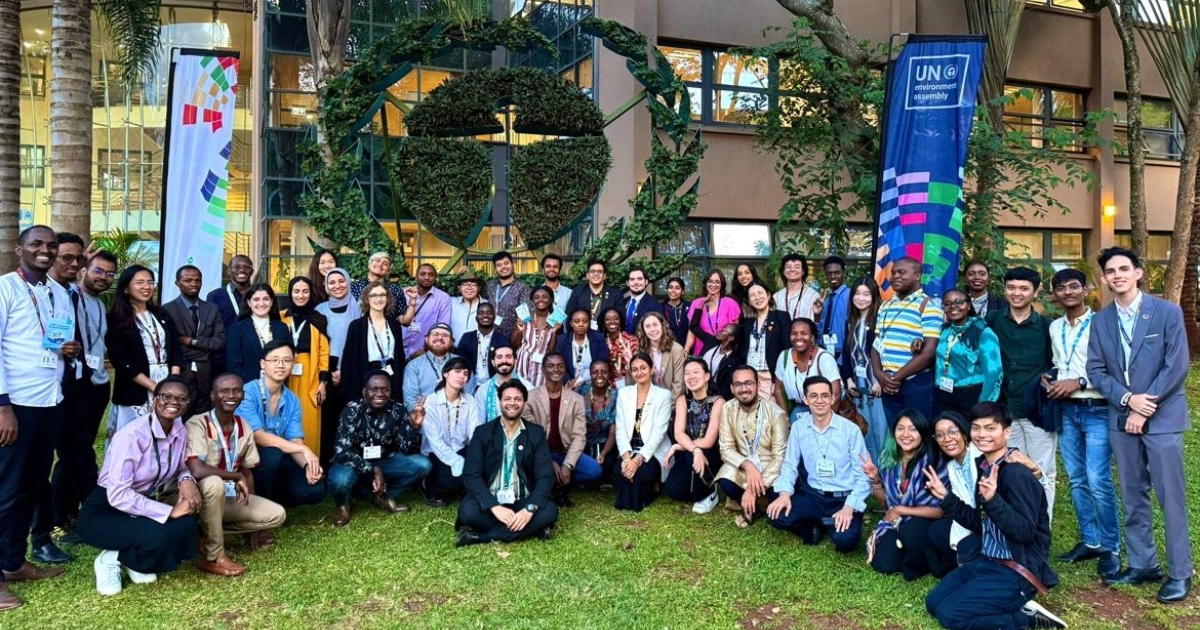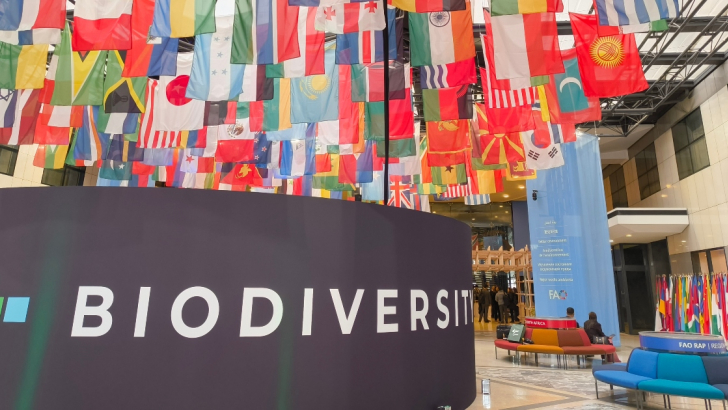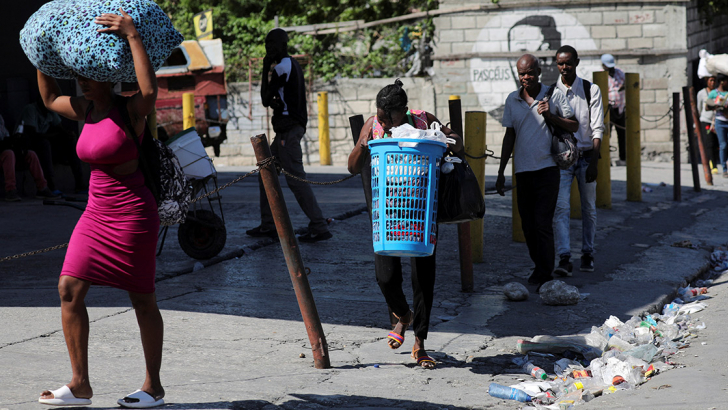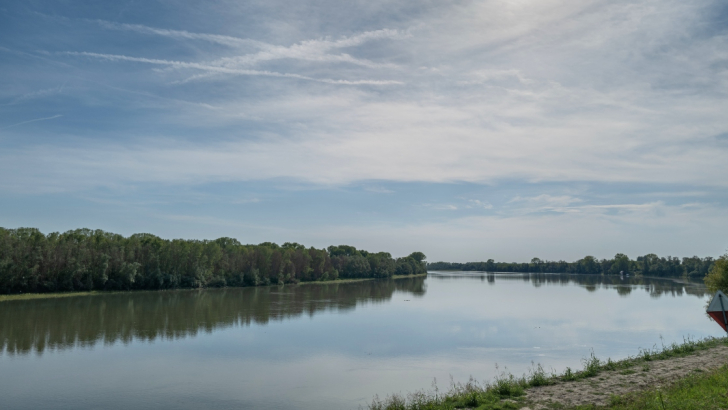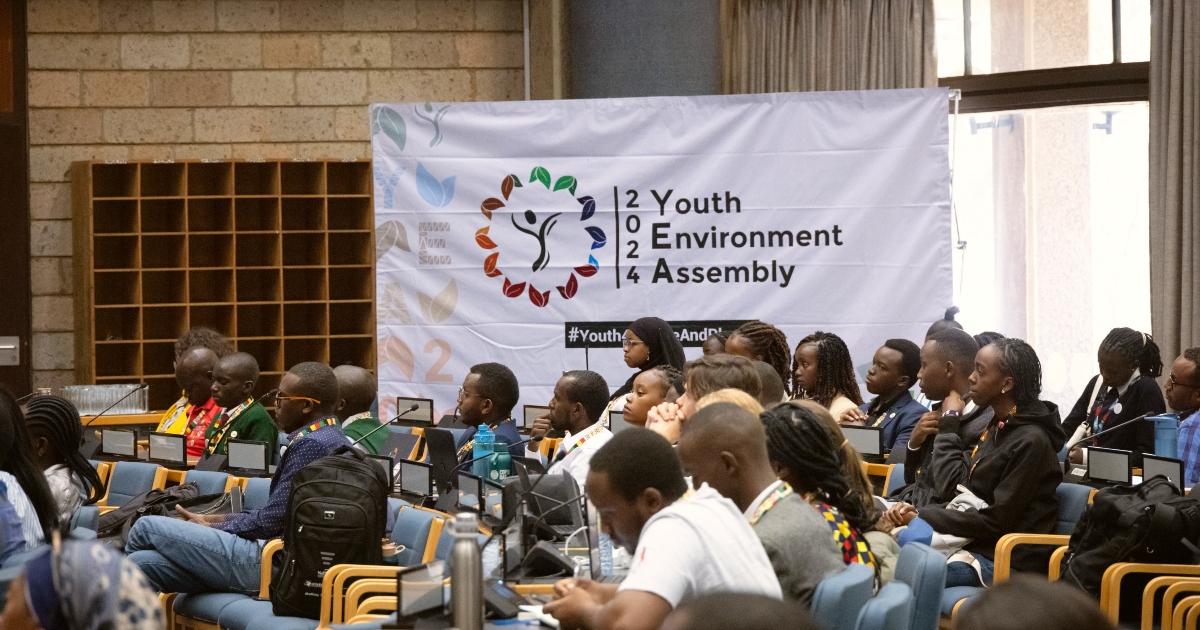
The United Nations Environment Assembly (UNEA) stands as the highest international decision-making body on environmental issues. Animated by delegates from all 193 United Nations member states along with representatives of major global stakeholders, the assembly convenes biennially in Nairobi, Kenya, to make pivotal decisions concerning the protection of the natural world and the regulation of our interaction with it. It is a unique event where universal collaboration on environmental issues can be strengthened, advancing the goal of a truly global environmental agenda, as per the mandate of UNEA, established in 2012.
In addition to national delegates, typically environment ministers from member countries, various other entities participate in the assembly. These include representatives from intergovernmental organizations with environmental interests and major multilateral environmental agreements, as well as delegations representing the nine major civil society groups: “farmers, women, scientific and technological communities, children and youth, indigenous peoples and their communities, workers and trade unions, business and industry, non-governmental organizations.” Unlike intergovernmental organizations and multilateral environmental agreements, these groups do not possess voting rights in the assembly but can present interventions and proposals during proceedings.
Interview with Aseel Abo-Taleb. Interview by Sofia Belardinelli, editing by Barbara Paknazar
The sixth session of UNEA took place from February 26th to March 1st, 2024, at the headquarters of the United Nations Environment Programme (UNEP) in Nairobi. Throughout the negotiation week, agreements were reached culminating in the adoption of 15 resolutions aimed at advancing international collaboration in addressing the triple environmental crisis (climate change, biodiversity loss, pollution).
Expectations were high for this assembly following the success of the previous gathering, UNEA-5.2, held in 2022, which had closed with a triumph for multilateralism, despite challenges such as the conflict in Ukraine, and had initiated discussions on two new binding international treaties (on plastic pollution and chemical compounds). However, analyses have labelled the negotiations of UNEA-6 as “weak from the beginning.” Indeed, none of the 15 resolutions adopted seem to have made significant strides beyond existing agreements, and multilateral dialogue on many issues proved challenging.
One of the most intriguing aspects of UNEA is the participation of civil society representatives. In particular, in this latest assembly, greater visibility was granted to youth delegates. Inger Andersen, UNEP Executive Director, encouraged delegates from the Children and Youth Major Group (CYMG) to “be present in every room and make their voices heard.” This call was answered, with representatives from the Children and Youth Major Group participating in all sessions, voicing their demands and proposals. However, this presence didn't always receive adequate responses from state and intergovernmental delegates.
Aseel Abo-Taleb, a member of the CYMG Global Steering Committee and Focal Point for Youth on Chemicals, Waste, and Pollution, explains, “The CYMG serves as the formal mechanism for engaging youth in United Nations multilateral processes. Currently, the group comprises over 6,000 youth and children members and 900 organizations. Typically, younger people struggle to enter the realm of multilateral governance. The CYMG provides an institutional platform to overcome this barrier, connecting young activists, experts, and political actors with this dimension of international policymaking. By joining the Children and Youth Major Group, we can amplify our voices in international forums and emphasise the priorities of youth and children on various issues, highlighting the importance of including young people in policy decision-making processes to uphold the principle of intergenerational equity.”
To prepare for their participation in UNEA-6, delegates from the children and youth representation group organized the second Global Youth Environment Assembly (GYEA) a few days before the General Assembly’s opening. Aseel Abo-Taleb points out, “Our preparation for UNEA-6 began well before the Youth Assembly and largely took place through various phases of online consultations. Between December 2023 and February 2024, we conducted informal consultations within and outside the CYMG on each of the resolutions to be voted on during the assembly, building a solid position reflecting our group’s priorities.
Among the major outcomes of the Global Youth Environment Assembly — the first held in person, in Nairobi, with over 450 delegates from around the world — is undoubtedly the adoption of the Global Youth Declaration on Environment, later presented at the sixth session of UNEA.
One of the strongest demands is directed towards UNEP, UNEA, and all member states to institutionalise the principle of intergenerational equity within environmental governance. “This is the main issue we sought to advance throughout the entire negotiation process, within contact groups, during negotiations, and in informal meetings. Children and youth representatives spared no effort, attending sessions and intervening late at night, early in the morning, and advocating for the environmental priorities of the global youth until the last day. We tried to participate in every meeting, offering our diverse knowledge and expertise. This commitment was positively received in most cases, and sometimes even included in the negotiation outcomes.”
“Our main focus remains the institutionalization of the concept and principle of intergenerational justice. We succeeded in having our Declaration formally recognised during the opening and closing ceremonies of UNEA-6. Another crucial request from our side is to base political decisions on the best available scientific knowledge and to implement the science-policy interface. We also emphasised the need of actively involving young people in decision-making processes. Young people are indeed vocal activists, but they are also scientists, researchers, early-career professionals who can offer their expertise and provide insight into the needs and interests of the new generations in environmental matters.”
“ We request for enhancing youth representations and participation indecision-making processes within UNEP, UNEA, and MEAs Global Youth Declaration on Environment
“Within all our engagements, we request for enhancing youth representations and participation indecision-making processes within UNEP, UNEA, and MEAs. This enhancement can be implemented in multiple forms, including more space for youth participation, reaffirmation and recognition of the work and position of our constituency.
In this momentum, we also request UNEP to recognize, institutionalize, and support the Global Youth Environment Assembly as the principal children and youth forum for UNEA. Furthermore, we’d like to request Member States and UNEP to recognize this Declaration.
Our constituency is committed to the establishment of strong youth engagement in all levels of discussion in MEAs and panels under the aegis of UNEP, and we request the cooperation and support of UNEP towards the same.”



